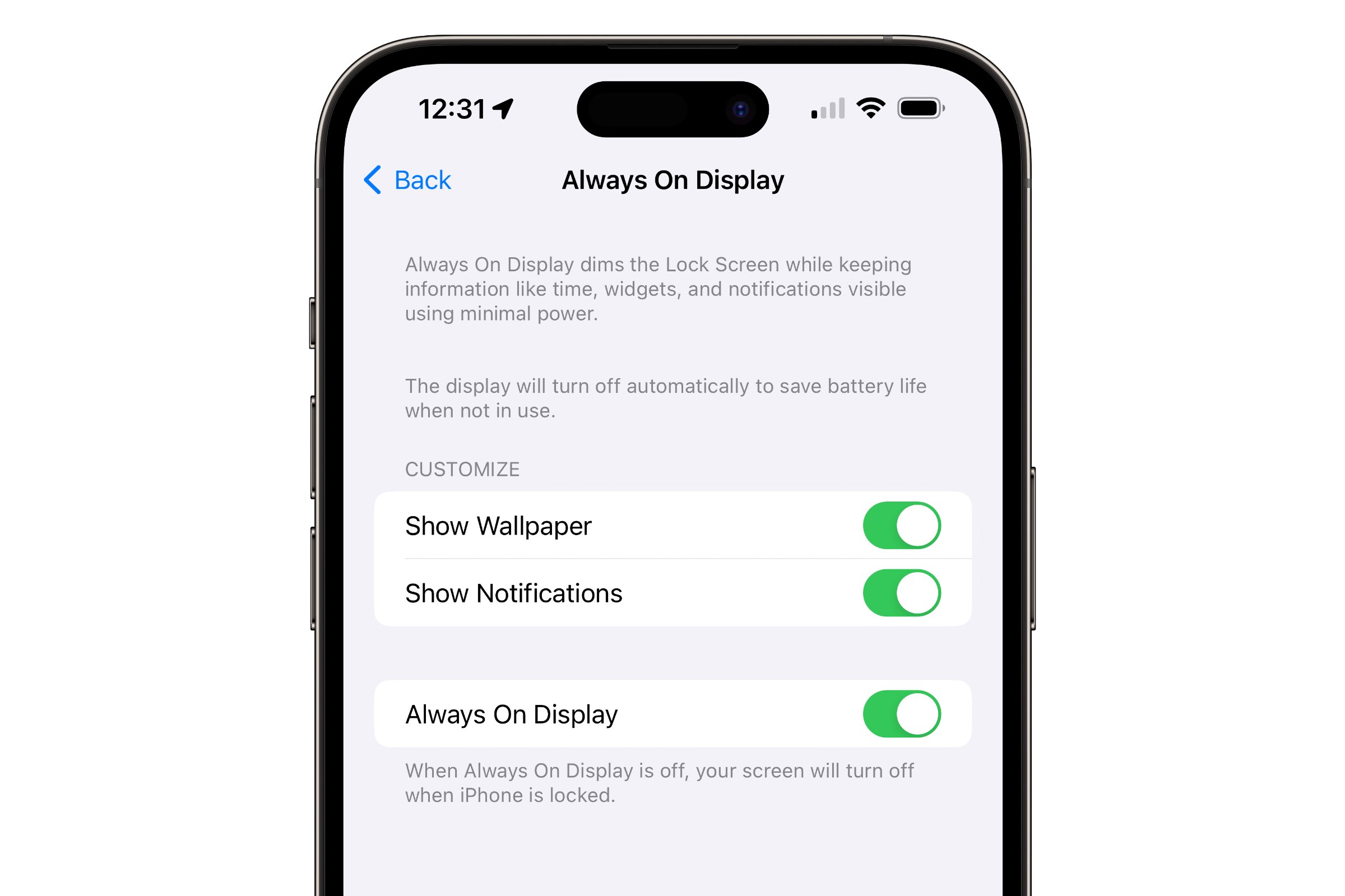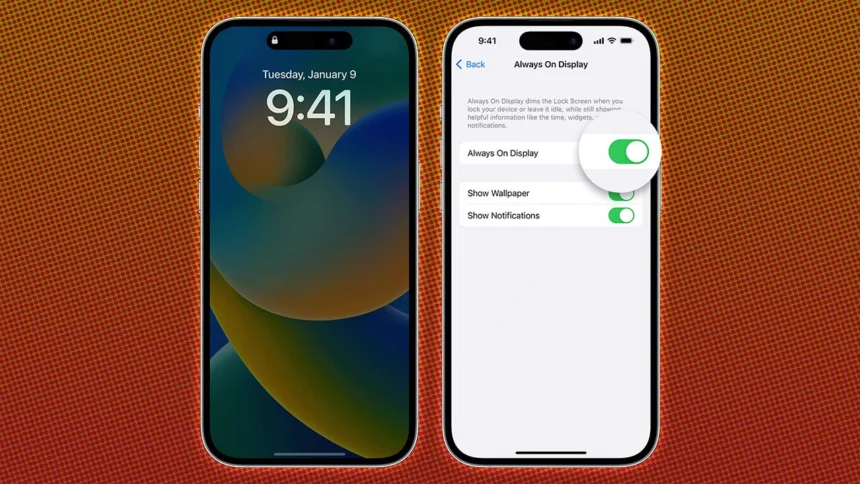For those who desire continuous access to important information, Apple’s Always-On Display (AOD) function, which debuted with the iPhone 14 Pro, has proven to be a helpful addition. Nonetheless, a few iPhone 15 Pro owners have expressed worries about how it would affect battery life. Apple now offers the ability to disable the AOD function if you find yourself in the similar situation. Let’s look at several ways you may handle this and possibly preserve valuable battery life.
Always-On Display: What Is It?
The iPhone 15 Pro has a function called Always-On Display (AOD) that keeps the screen partially active even when the smartphone is not in use, showing alerts, widgets, and important information like the time. Although many users find it admirable, some have observed a discernible effect on battery life.
A Step-by-Step Guide to Turning Off the Always-On Display
Here’s how to turn off your iPhone 15 Pro’s Always-On Display feature:
- Open the ‘Settings’ app on your iPhone.
- After swiping down, choose “Display & Brightness.”
- Look for and select “Always On Display.”
- Turn off the light beside AOD.
You may get your iPhone 15 Pro back to its original display behavior by doing these instructions. Just follow the instructions again and turn AOD back on if you want to use it again.

Modifying AOD Configurations for Minimal Effect
For those that value AOD but wish to reduce its drain on battery life, iOS 16.2 provides further choices:
- Take the same actions as previously described.
- After selecting “Display & Brightness,” turn off “Show Notifications” and “Show Wallpaper.”
By making these changes, you may personalize the AOD and achieve a balance between power efficiency and ease.
Wrapping Up: Customizing Your iPhone Experience
Apple’s customization tools allow consumers to personalize their iPhone experience, whether they choose to completely eliminate Always-On Display or adjust its settings for minimum impact. Using these settings on the cutting-edge iPhone 15 Pro guarantees a customized mix of usefulness and battery life conservation.



